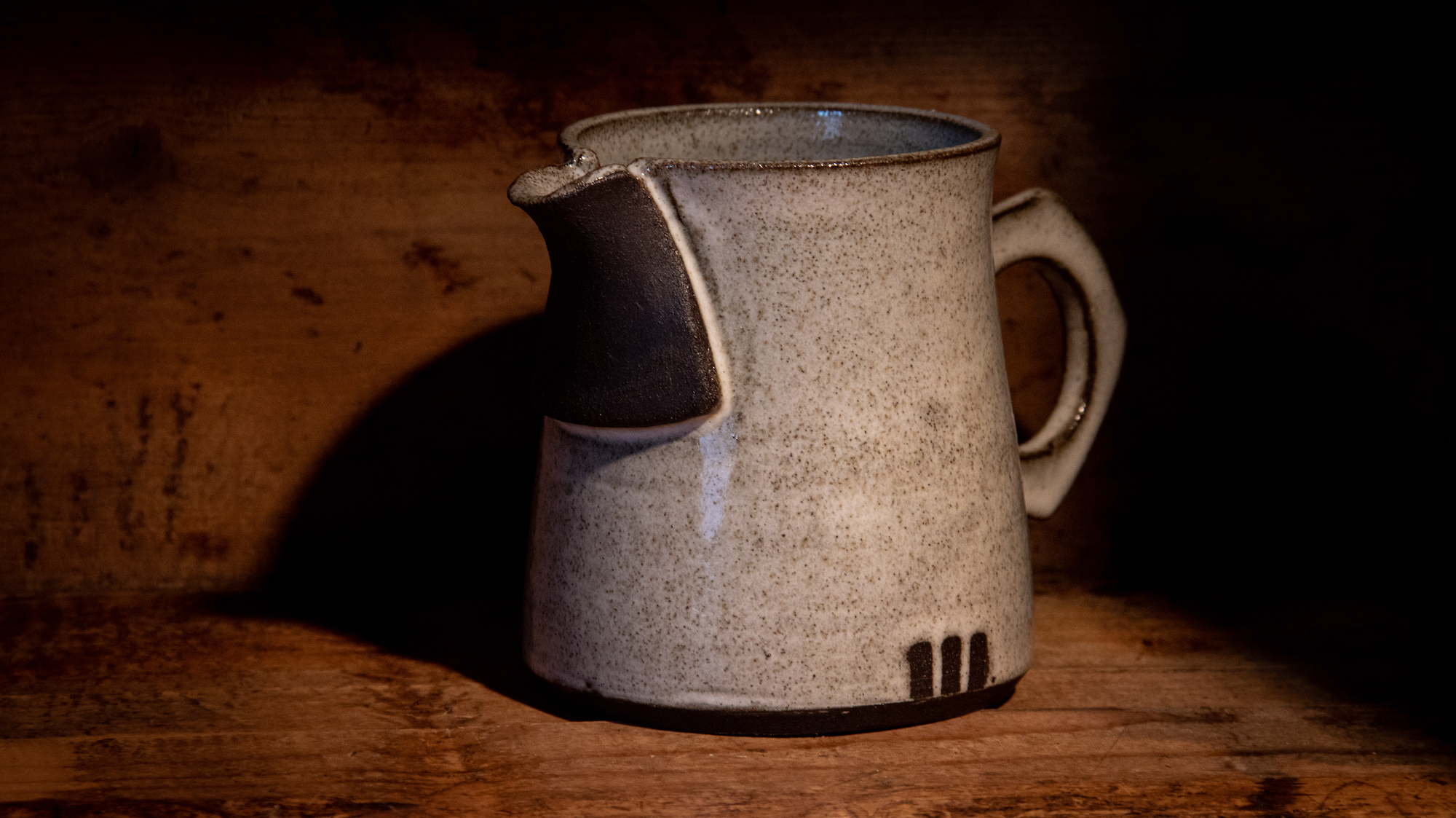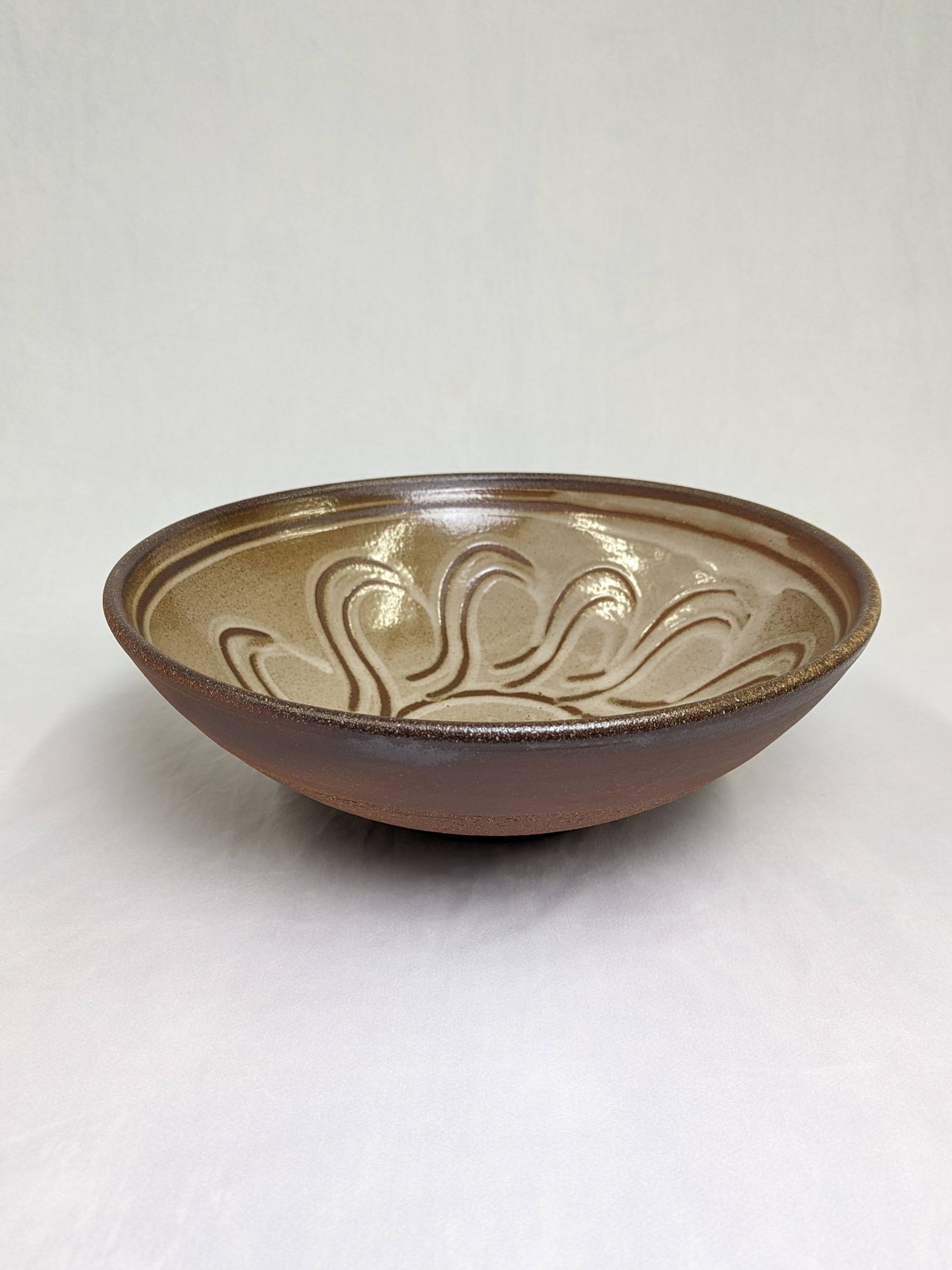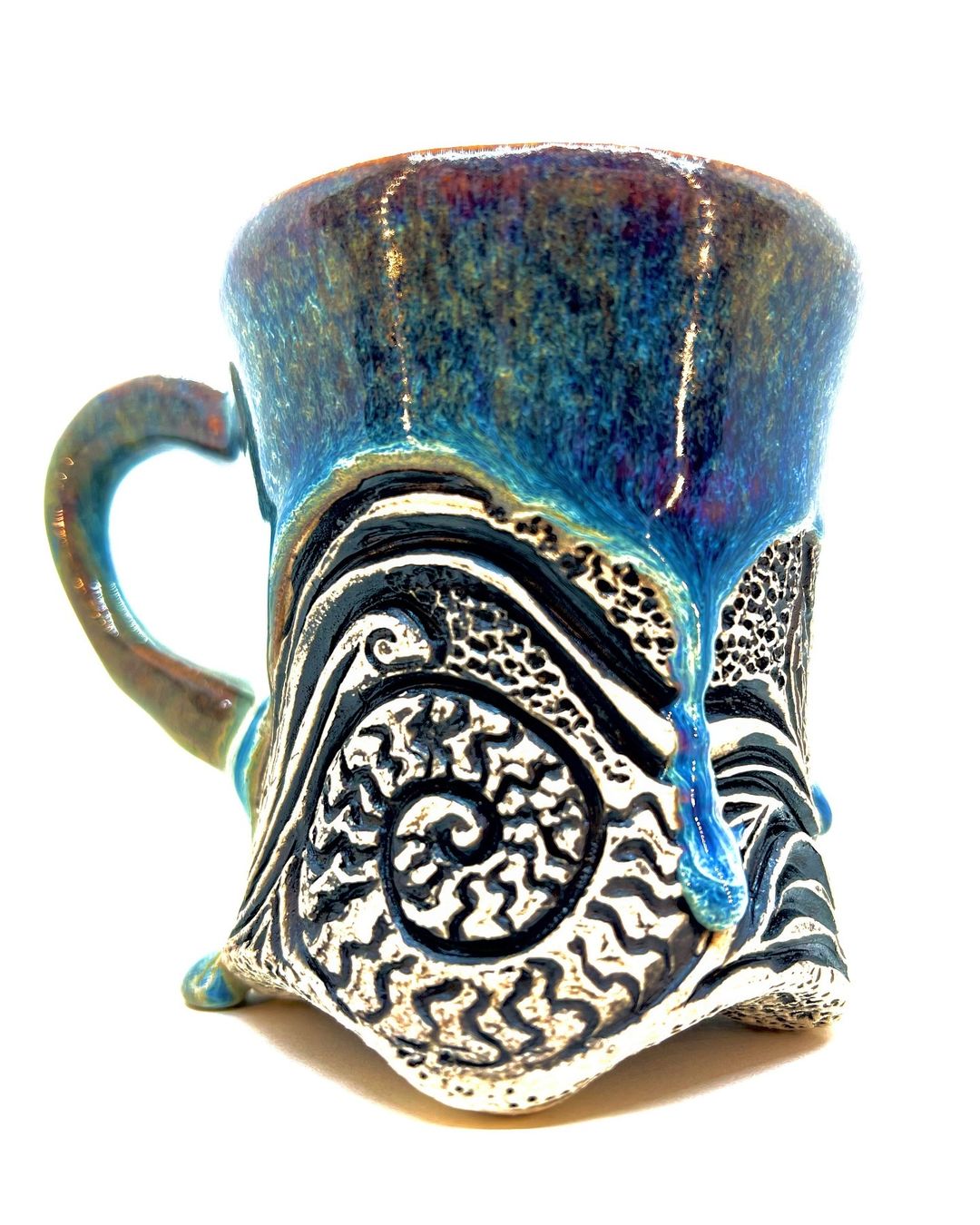Podcast: Play in new window | Download
Juliet Macleod | Episode 1041

Juliet Macleod makes wheel thrown porcelain decorated with slip. Juliet’s work imparts an evocative exploration of the Scottish coast. Juliet repurposes shoreline waste such as metal, plastic, and rope into handmade tools for abstract mark-making. These tools are used to generate painterly, unique marks which reference coastal landscapes and the effects of changing weather and light.


SPONSORS
 You can help support the show!
You can help support the show!

Number 1 brand in America for a reason. Skutt.com

For all your ceramic needs go to Georgies.com
 The preferred printing supplier for potters everywhere! SmallDogPrints.com
The preferred printing supplier for potters everywhere! SmallDogPrints.com

When you are trying to be abstract how to you find a color or form to represent? What is the hook you are trying to look for as the artist?
That is incredibly difficult to answer because I think abstract artists work in so many different ways. For me it often starts with what you call a hook. It’s something that I am trying to express, a particular memory, a particular place, and that could be a fence or a shape that I have seen somewhere, a view that I have seen, a texture. I am very interested in textures and mark making. And I will go through a process of sketching those ideas. Sometimes I make tiles just to try different mark making. I try different tools and just do expressive marks. Quite often to start with there may be no agenda as to what the image is going to be so I will just loosely make some brushstrokes. It is kind of a process of discovery and at some point in the experimental phase I will see things that spark my memories. I think abstract art or abstract expressionism is just that, expressing those memories and shapes and textures in whatever way suites you.

Do you find then that a sketchbook is critical for you pots?
Yes, absolutely. I have sketchbooks. I spend a lot of the summer when I am not at shows, for example this summer I am going up to a beautiful, tiny little island called Berneray. It’s a very beautiful part of the world and I am spending a month there this summer and I did this last year as well and I will just paint and photograph and sketch and immerse myself in the landscape and it’s a wonderful, wonderful thing.

When you are working on a final design does the idea less is more come into play when you decide what to keep and what to release?
Yes, I suppose it does to a certain extent as a graphic designer it is very much what is simplest is best and trying to pare things back. Whereas as an artist sometimes you want to do the opposite. You want to have lots of textures and layers. The graphic designer in me likes white space. If you speak to any graphic designer you learn about the joy of white space, having areas that are undecorated. It gives freedom to the designs you are making to breath. So to me it is important to pare things back a bit.

Are all of your surfaces trying to tell a story?
Pretty much. Pretty much, I mean some of the one off pieces may be less location specific and more expressive. But the regular designs that I use are very much telling a story.

Is feedback from your audience an important part for you? You said you used to sell in galleries and now you like to sell at shows? Does the feedback have anything to do with that?
Yes, I think that sense of connection basically is a big part of it. The opportunity to discuss how things are made. People are really interested in why and how things are made and I love those conversations and I love the mutual education that goes on in the conversations.

You mentioned that your husband encouraged you to do this when your children were quite young and here you are now. When your husband describes you and your work what does he say?
Oh my goodness. That’s very difficult, I should have asked him. I think probably quite driven, very committed. We are very different, the two of us, but also very similar and we are a really good pair. He’s a scientist, I am an artist. He is practical and I’m , but he’s a tremendous sounding. I have absolutely no idea how he would describe me other than slightly bonkers, arty wife who loves making pots in the shed in the garden. (laugher)




Book

Between Mountain and Sea by Norman MacCaig
Contact
julietmacleod.com
Instagram: @thecloudpottery
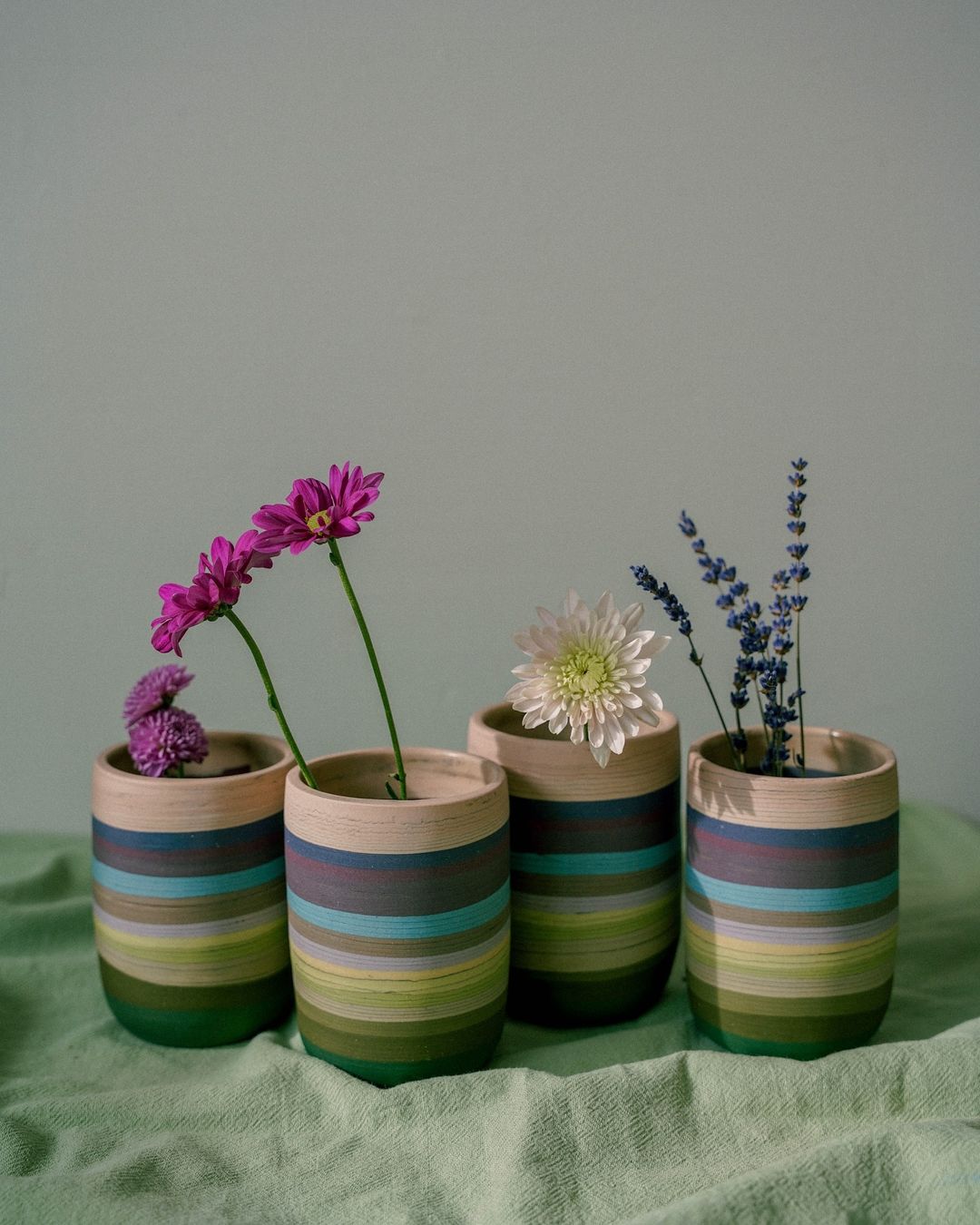














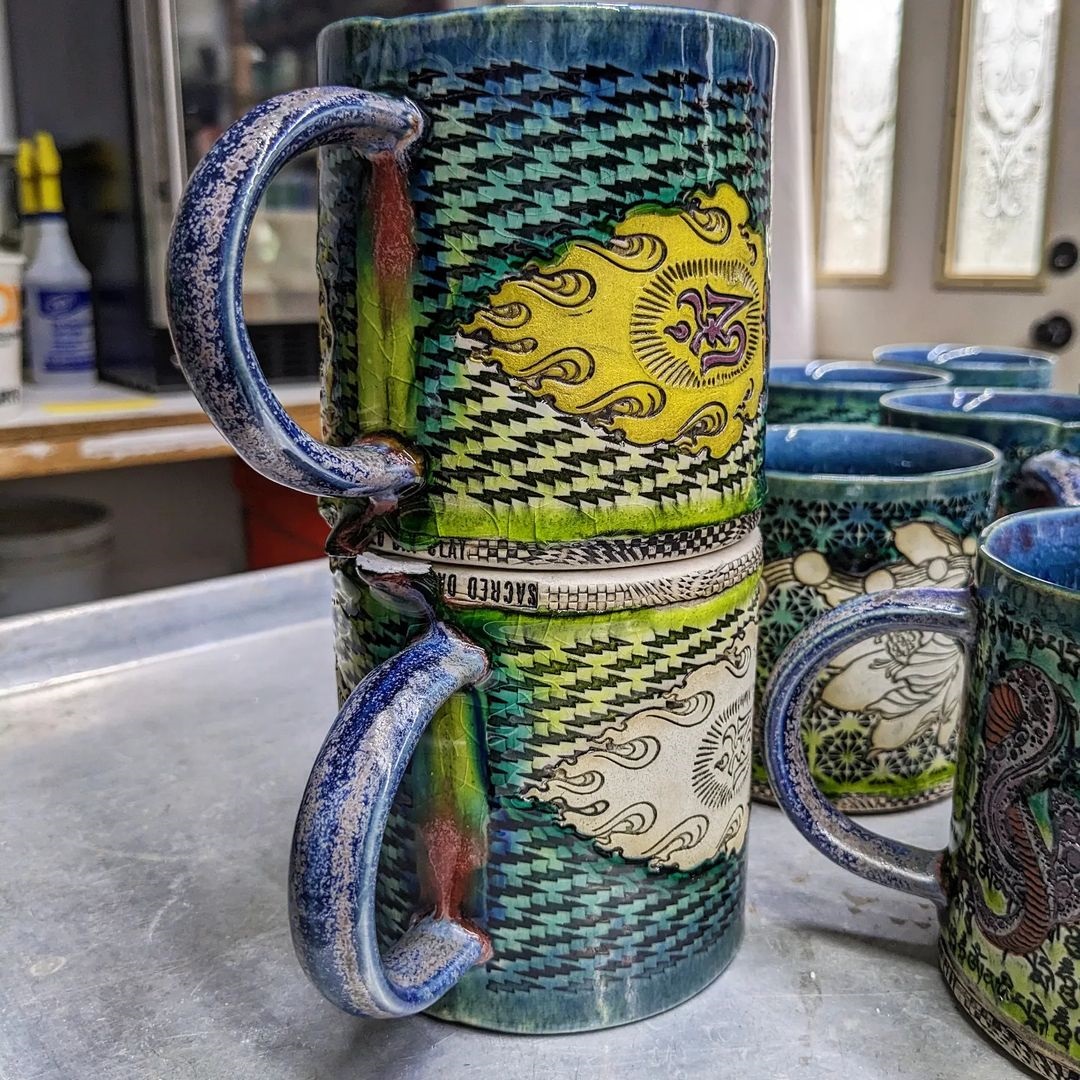












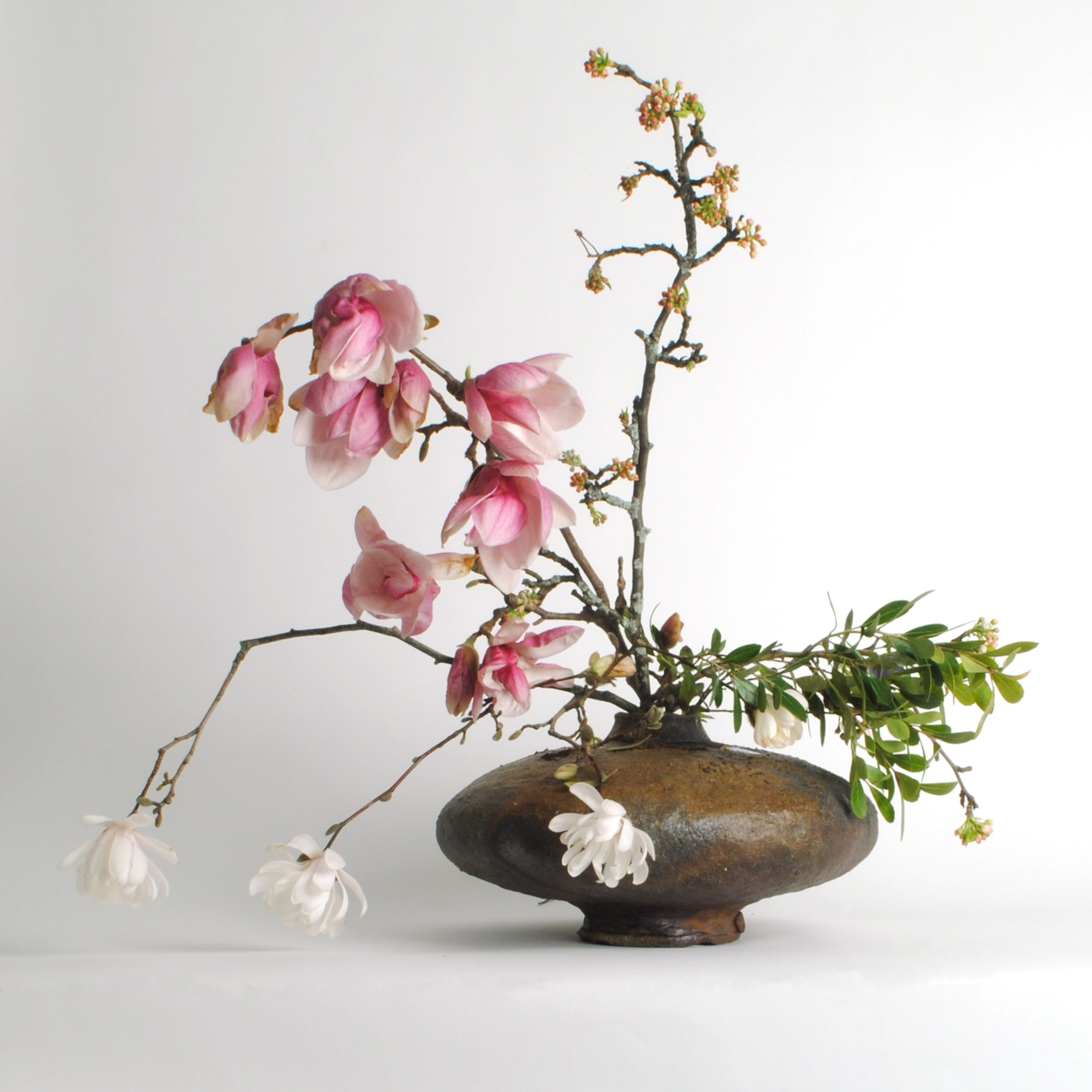












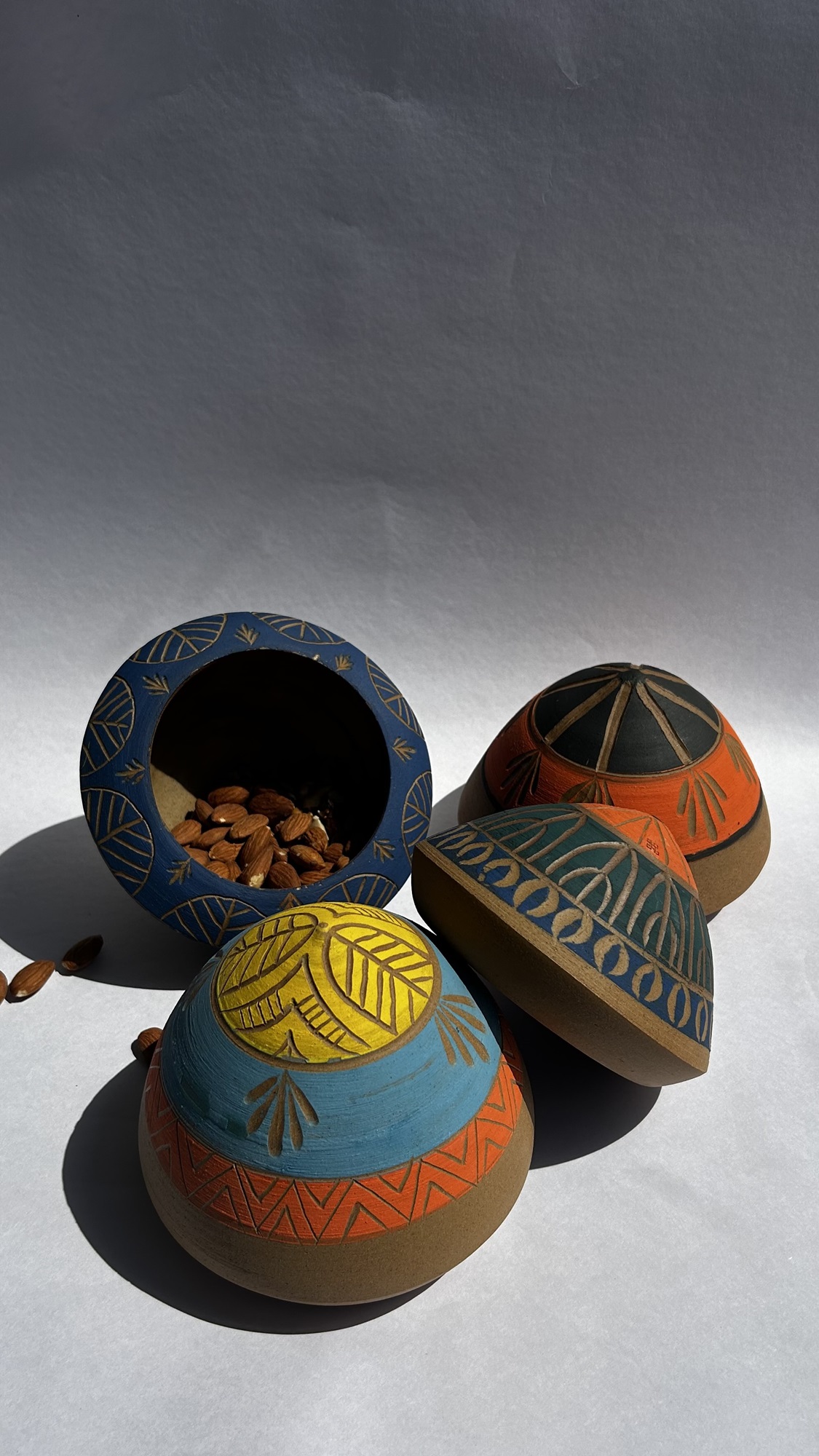















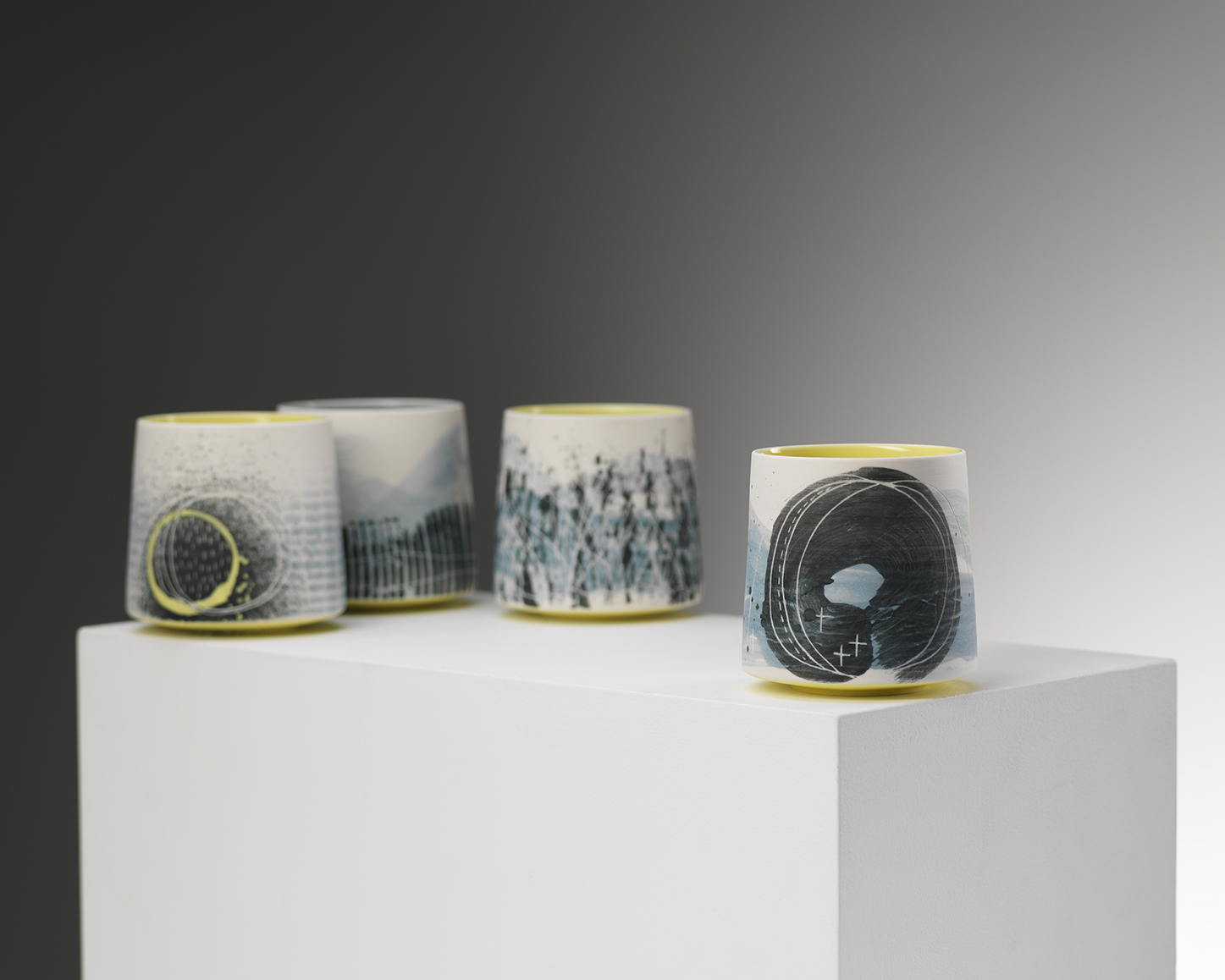



 The preferred printing supplier for potters everywhere!
The preferred printing supplier for potters everywhere! 










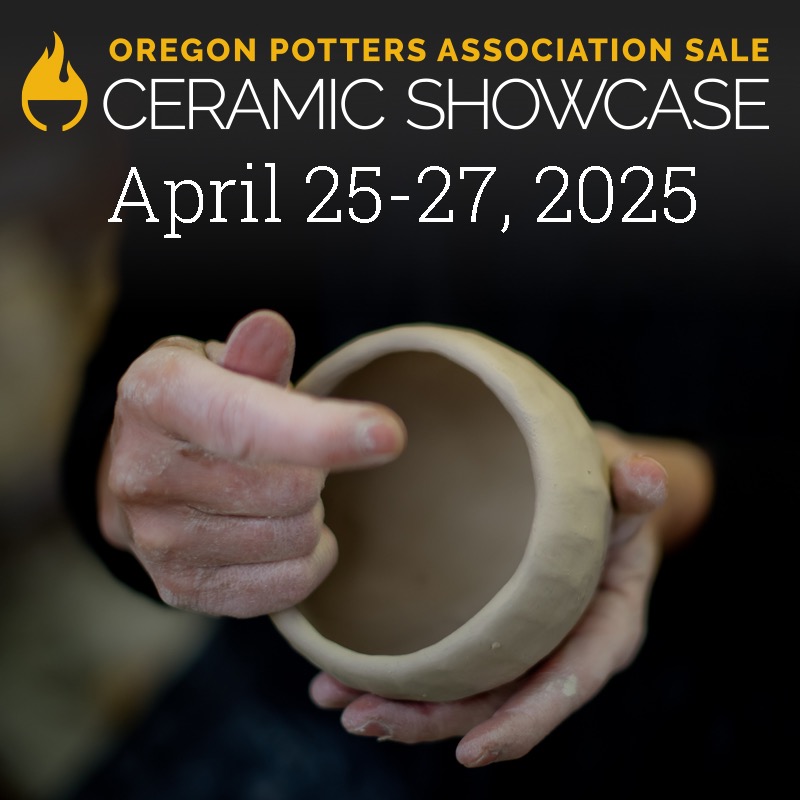

 GRPotteryForms.com
GRPotteryForms.com





















